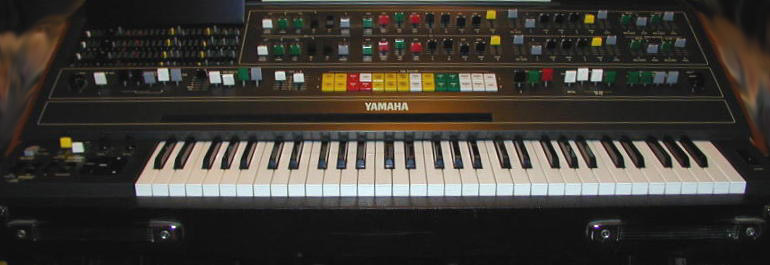Old Crow's Synth Shop: The Synth-Tan Project: CS-80


And now for my absolute favorite synthesizer, the Yamaha CS-80. The CS-80 at it's best is the most sultry machine imaginable; if you read my cs80.com site it is apparent the machine lives to be touched by the musician--no other machine before or since has quite attained the same degree of user expression. This is attributed to the design philosphy of the era in which it was made: if you needed 200-plus voltage-controlled amplifiers to perform level control and modulation routing for 16 notes, you built them into the machine. It is this kind of brute-force approach to voicing design that made the CS-80 so easy to tweak: each key had a scalable initial velocity and each key had its own aftertouch (pressing on the key after it was played). A performer could make the machine seem almost a living being with the array of performance controls available at their touch.
The CS-80 is the "portable" offspring of the megalithic Yamaha GX-1. The GX-1 was designed by the Yamaha Electone organ division in 1973 as an experimental hardware sandbox to test and develop circuits for future machines. At most, seventy GX-1s were made, and if you had Bennie Andersson or Stevie Wonder amounts of money you could afford the USD$60,000 price tag in 1976. The CS-80 (CS means 'combo synthesizer') was developed using a subset of the voicing design of the GX-1, and to make it small enough to take on tour--and by small I mean 100kg vs. the GX-1's 450kg--many of the circuits were condensed into custom integrated circuits.
But as with the Minimoog, the only way to truly understand the soul of this machine is to hear it. Thus I present to you one of the best pieces of electronic music ever recorded, Vangelis' Blade Runner Blues.
--Crow